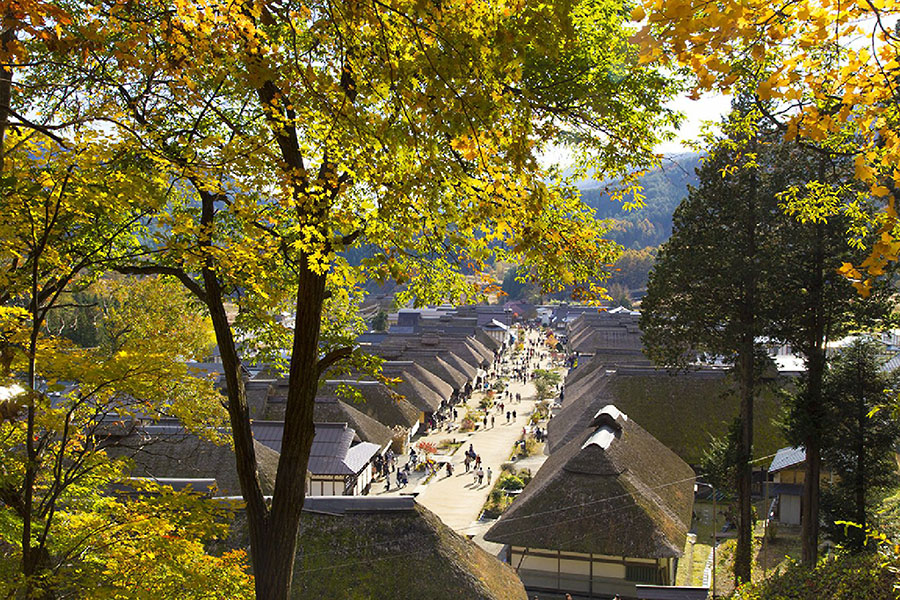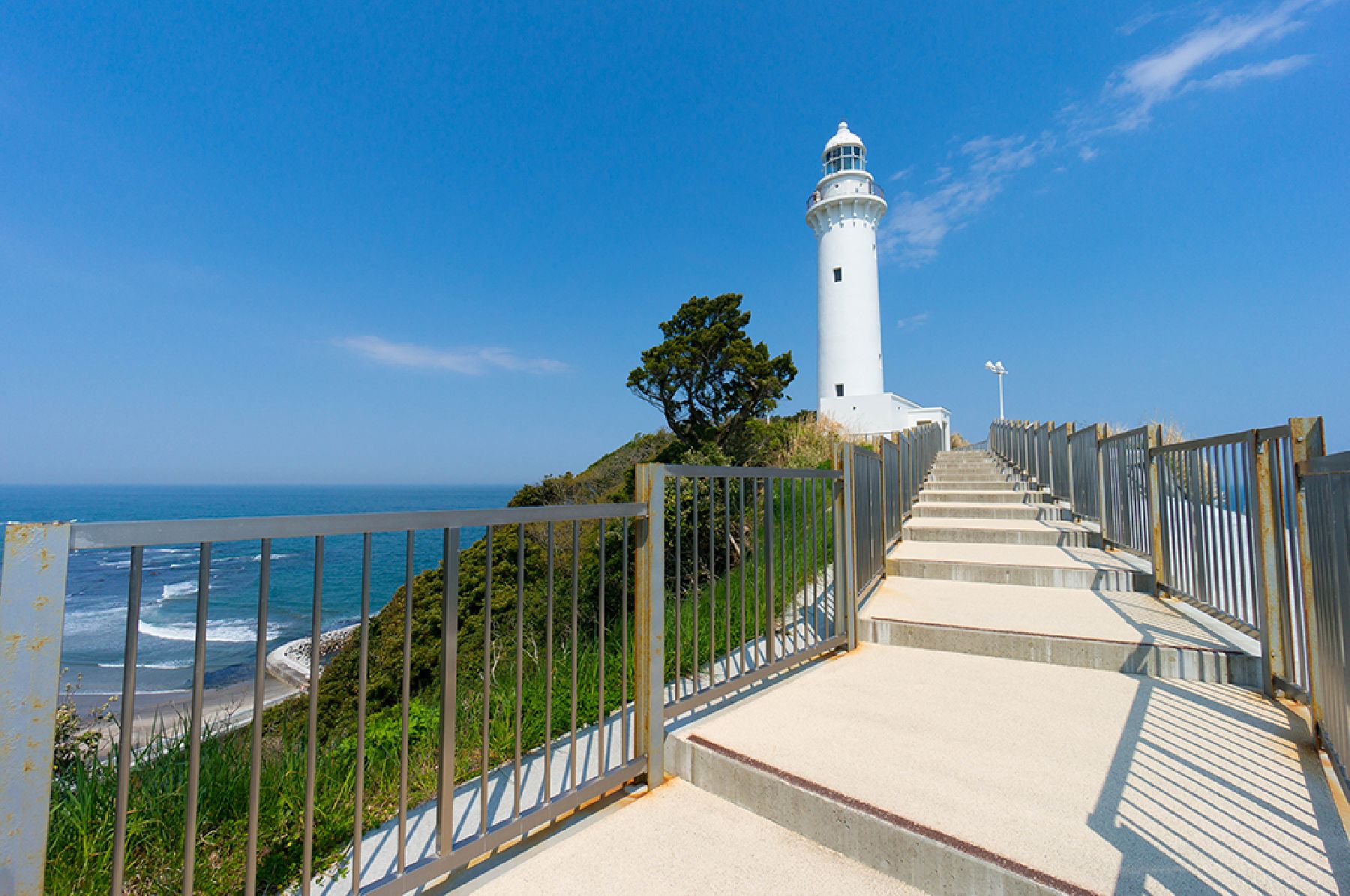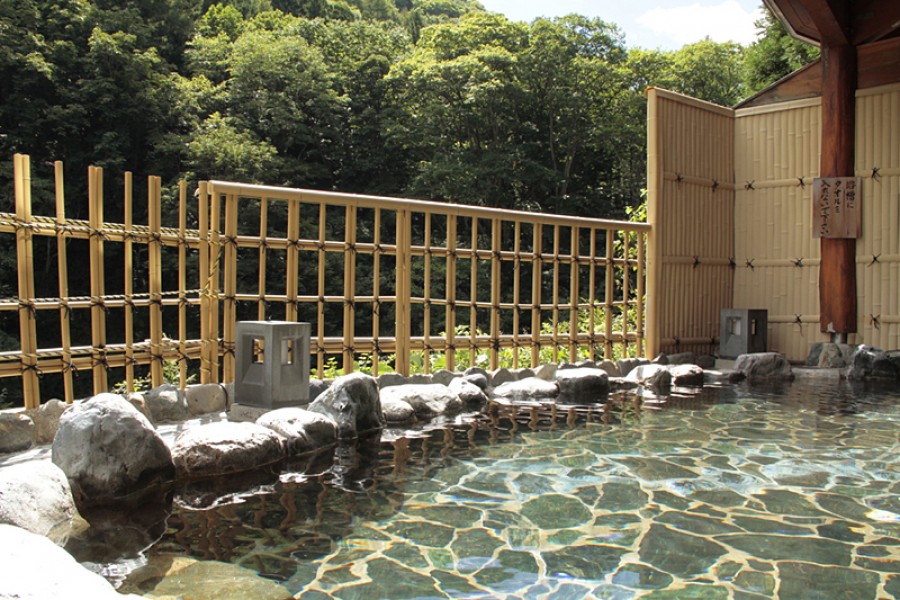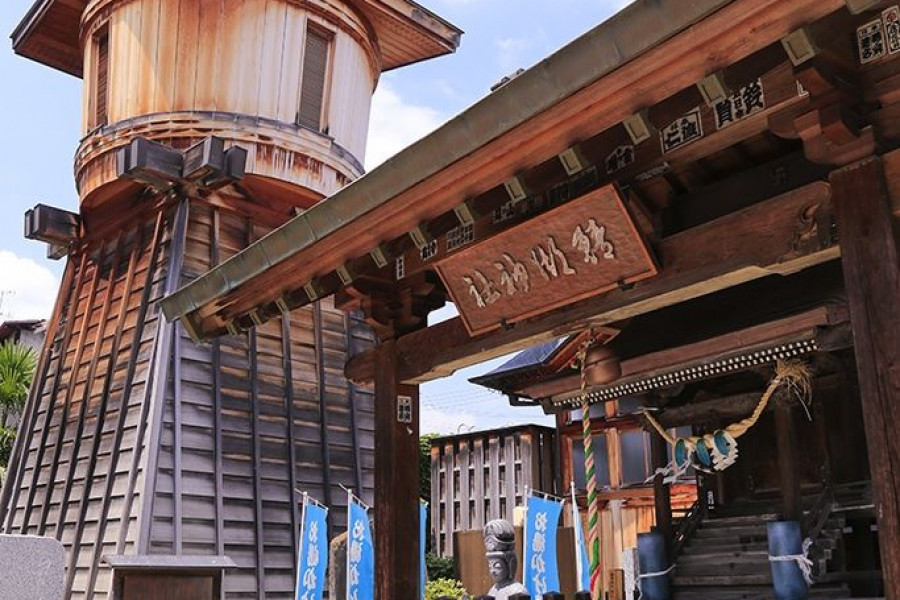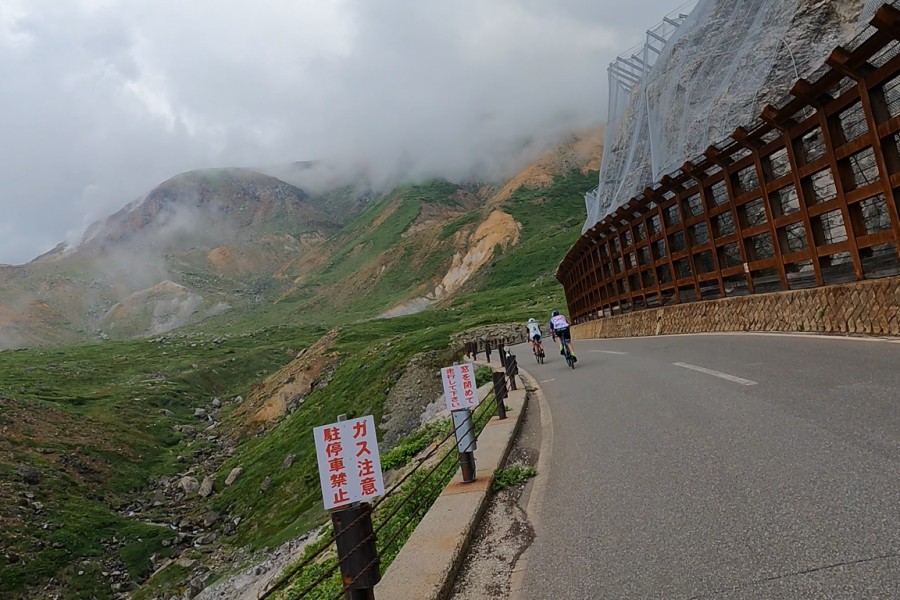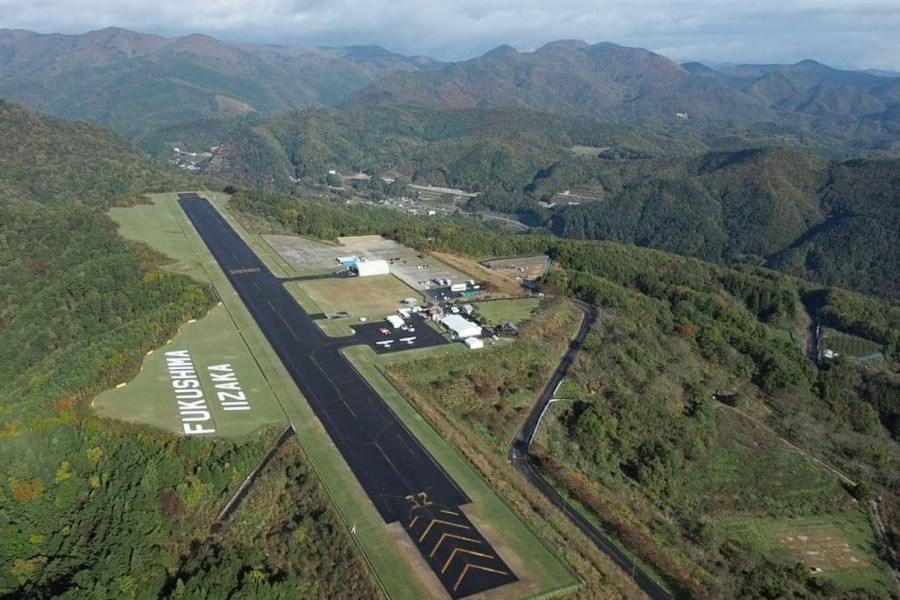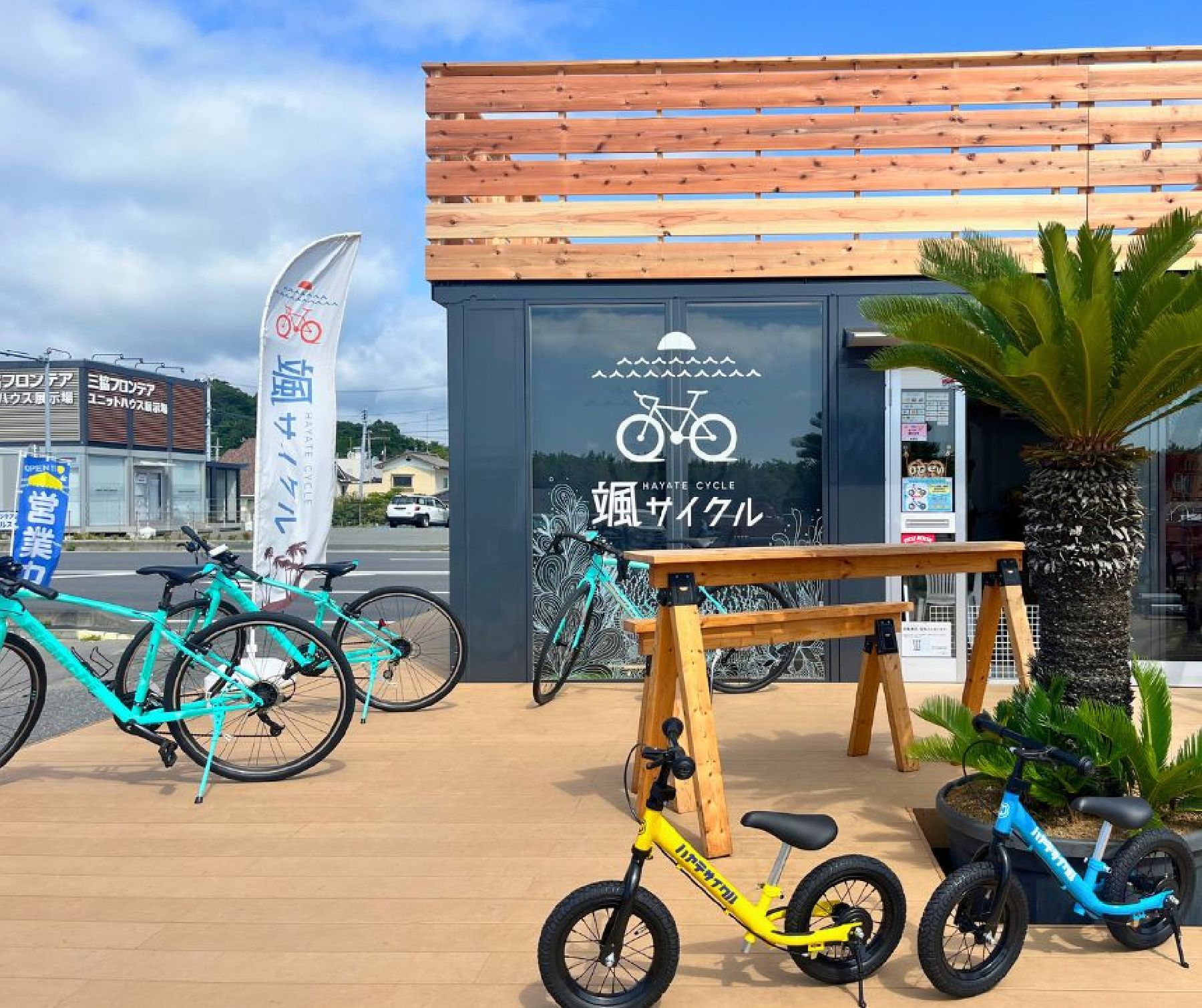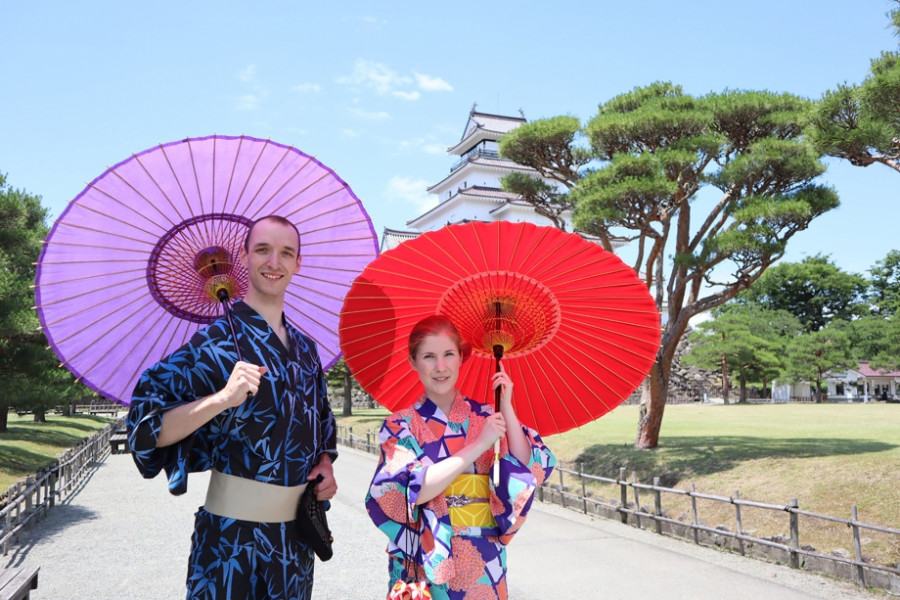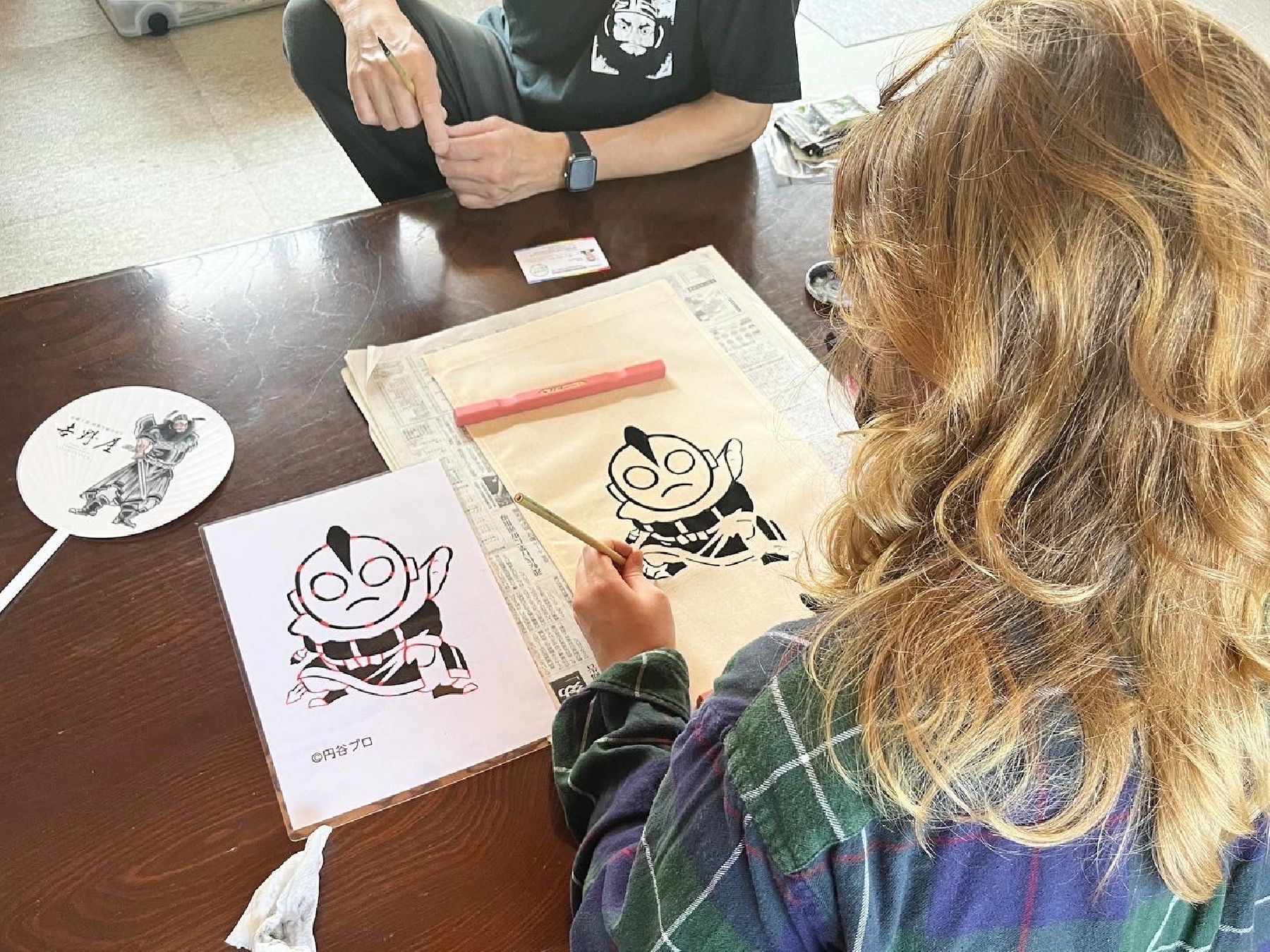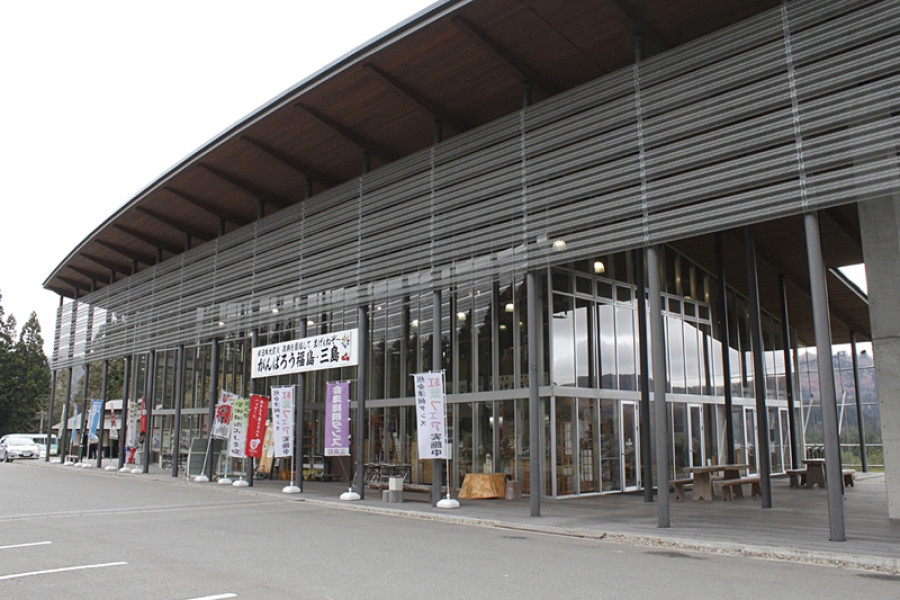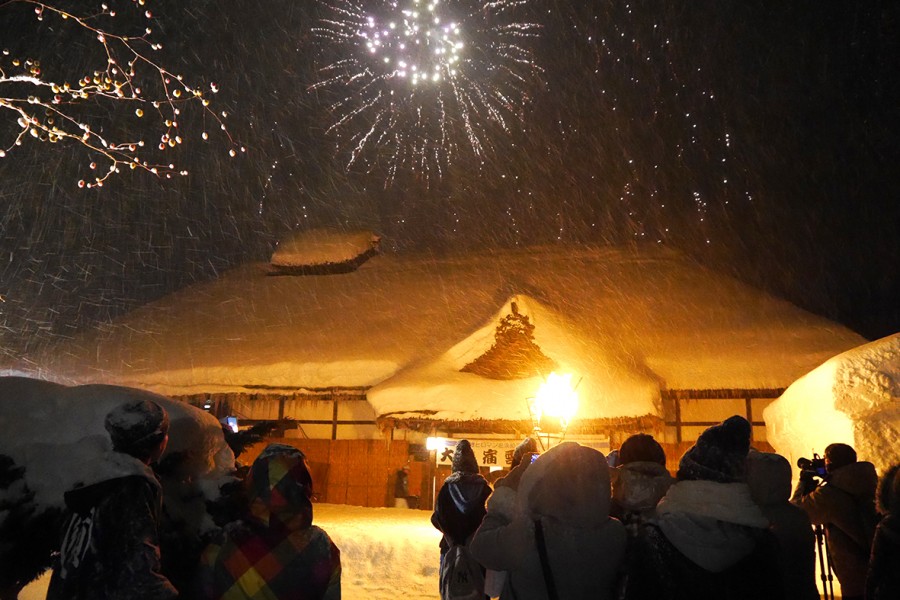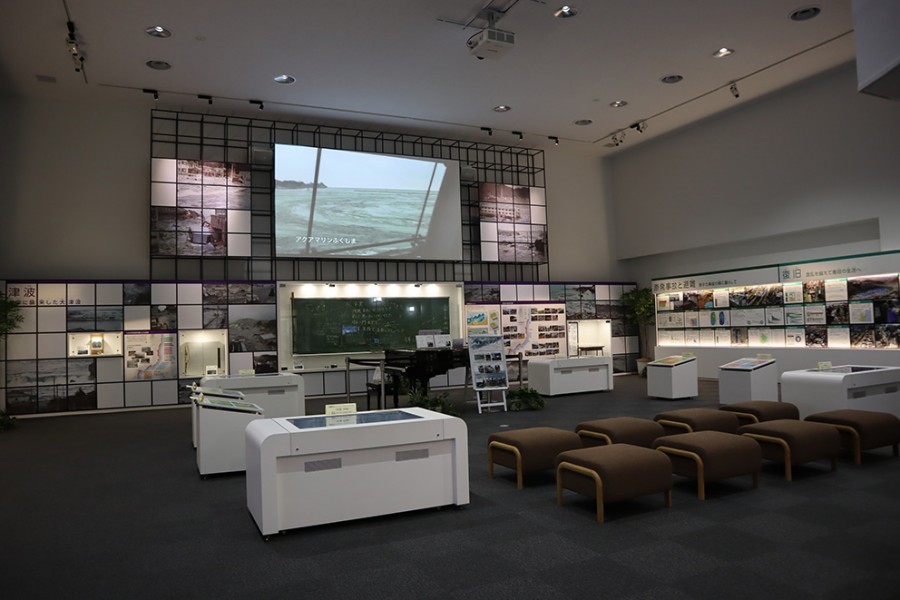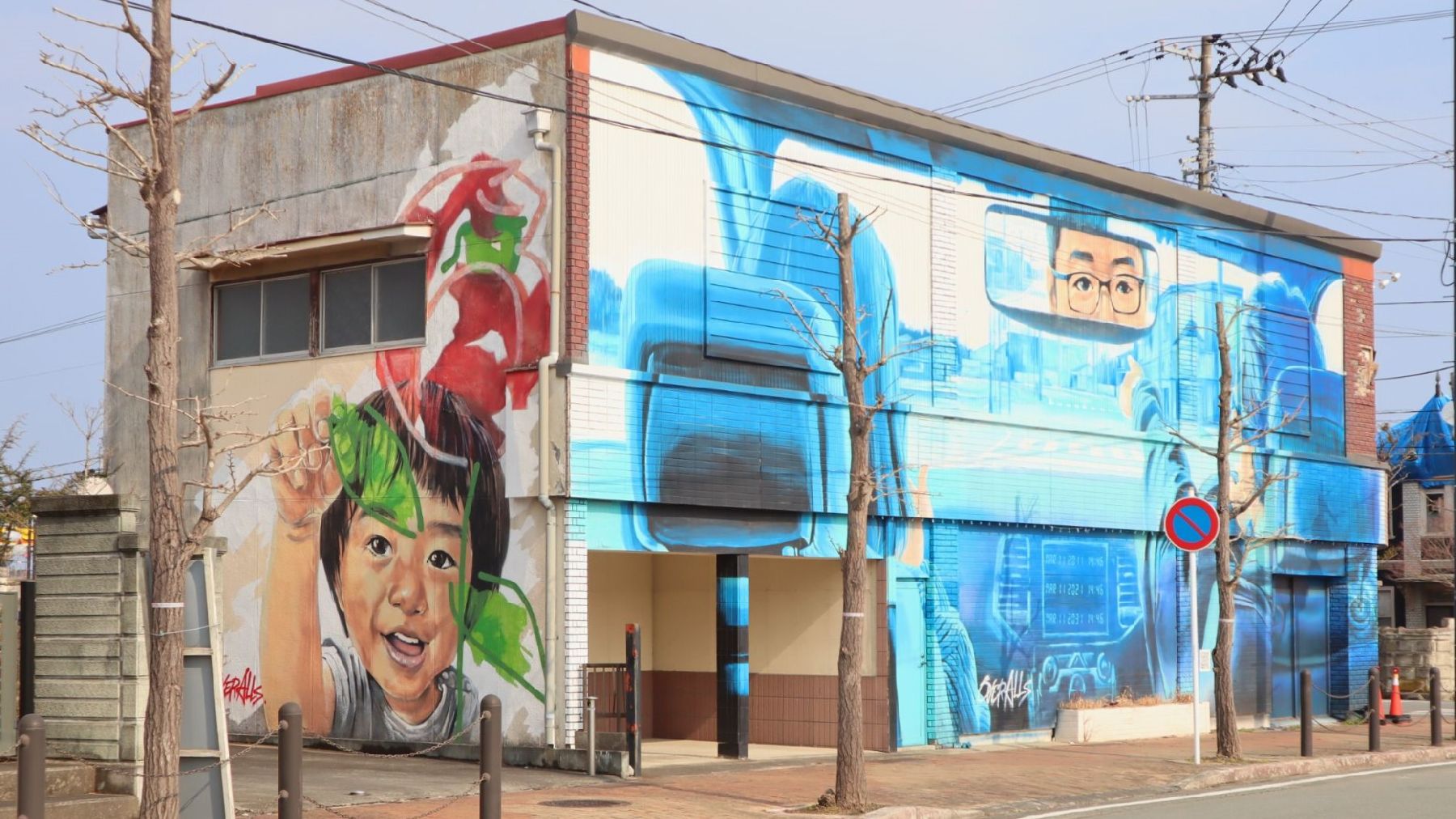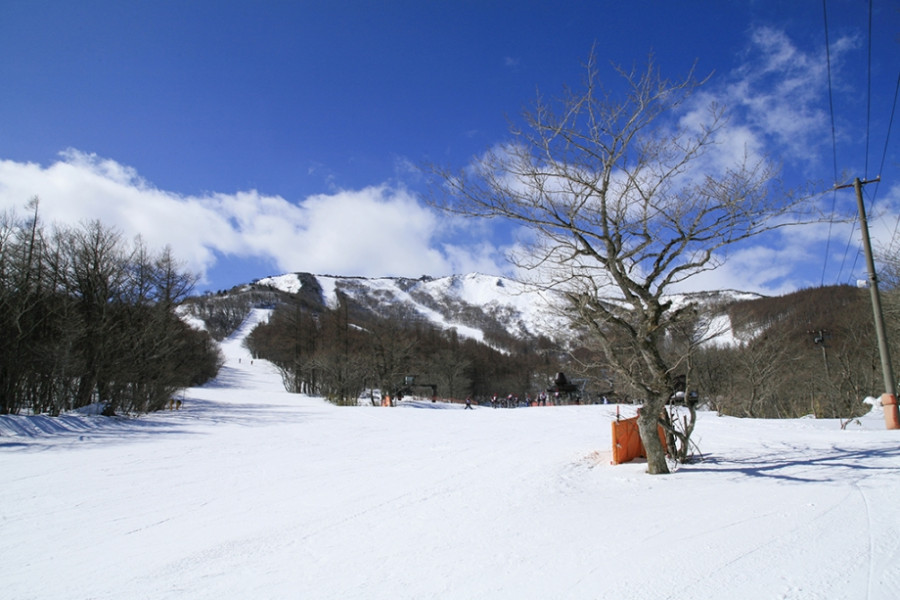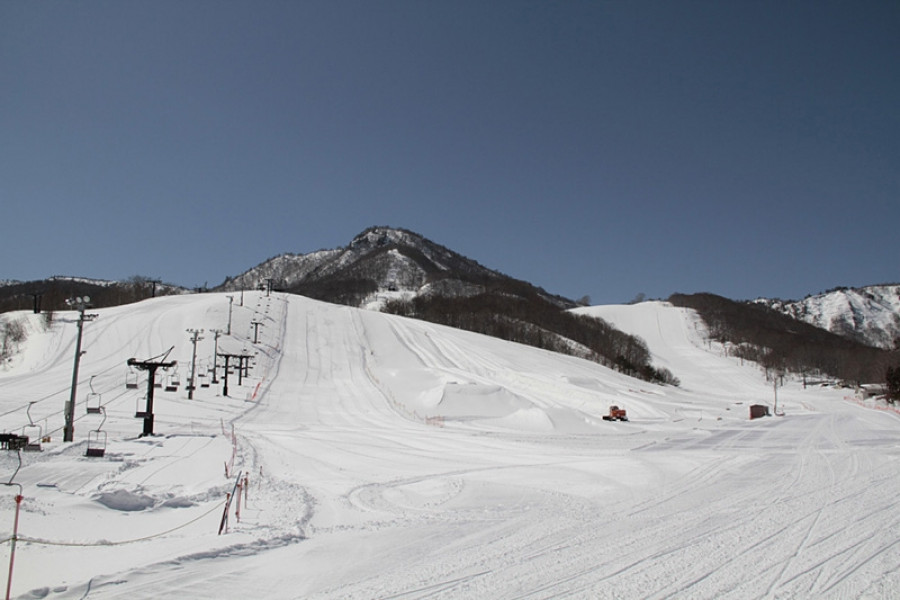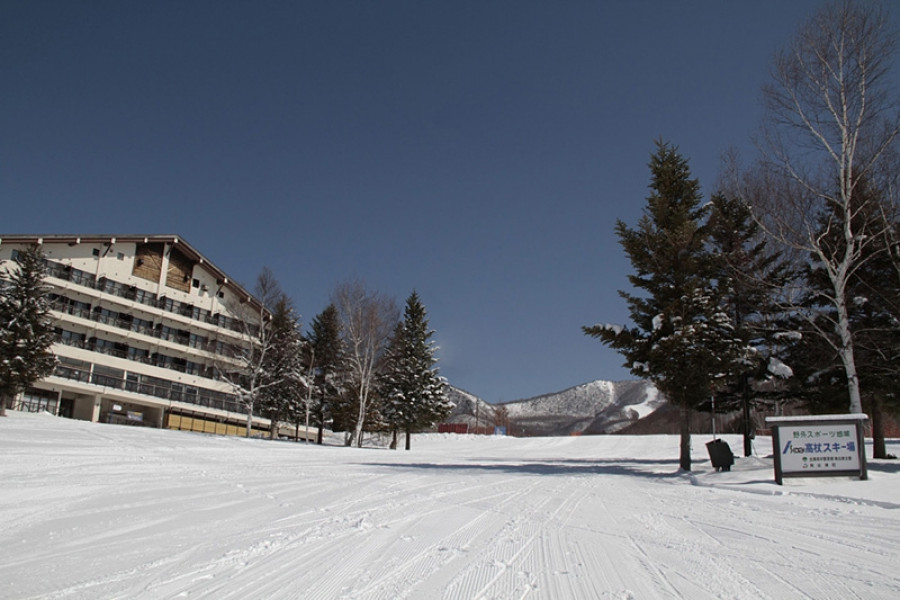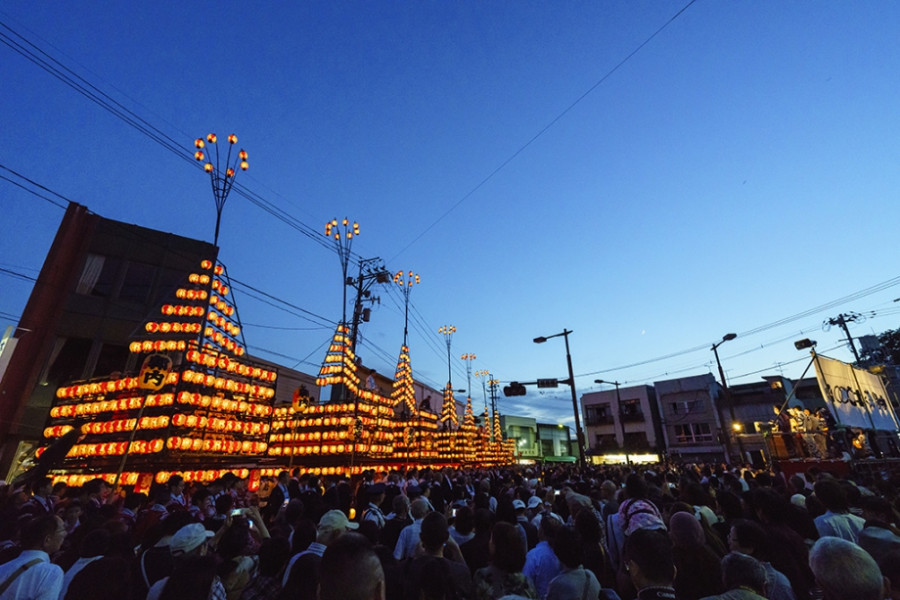
Nihonmatsu Lantern Festival
The Nihonmatsu Lantern Festival is held yearly on the first Saturday, Sunday, and Monday of October. The main night of the 2024 festival (with all the lantern floats in one place) was held on Saturday 5th October, with smaller festival events held on Sunday 6th and on Monday 7th.The highlight of the festival is the procession of festival floats during the first evening. Seven large festival floats adorned with lanterns and filled with locals playing taiko drums make their way through the streets of Nihonmatsu City, filling the streets with festival music as they move. The final destination for the floats is the Nihonmatsu Shrine.Don't miss the breathtaking sight of 3000 lanterns attached to the floats, burning against the night sky.Route of Day 1, Saturday, October 5th, 2024
